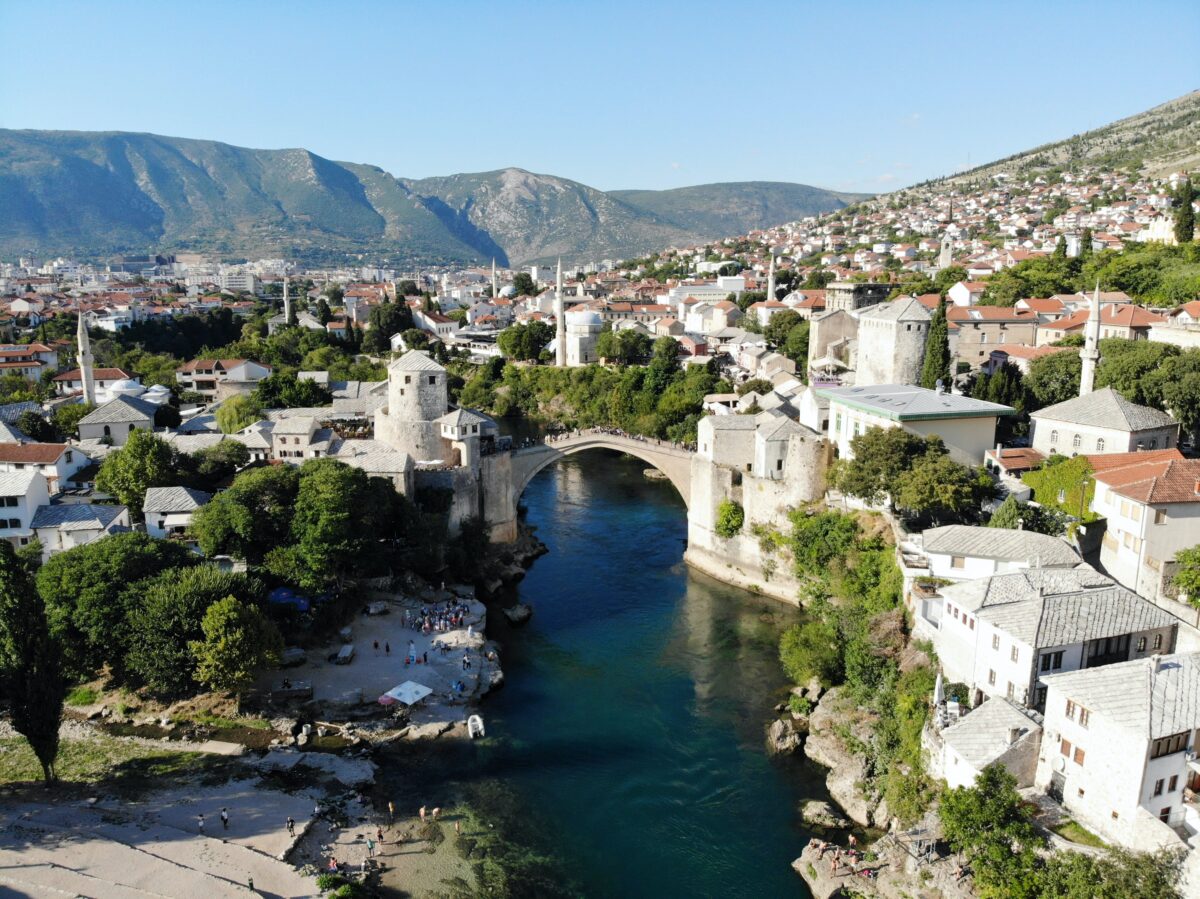Farooq Sher, associate professor at Nottingham Trent University, told pv magazine that the southern region of Bosnia and Herzegovina is perfect for large-scale solar rollout. But it is difficult to tell whether the Balkan country will seize the “untouched” development opportunity due to its heavy reliance on coal, he said.
“There is potential for renewable energy to eclipse coal – but this is if the government implements certain policies,” he said.
Sher, whose research areas include renewable energy and nanotechnologies, came to this conclusion after two years of investigating the region's renewable energy sector, now culminated in a recently published, co-authored paper.
The paper – titled “Prospects of renewable energy potentials and development in Bosnia and Herzegovina” and published in Renewable and Sustainable Energy Reviews – is a composite image of the country’s renewable energy industries. It explores hydropower, of which there are 76 plants, as well as wind, solar, geothermal and bioenergy. The paper also states that the country's current energy makeup: coal and lignite industries produce well over half (60%) of the nation's energy, followed by hydropower (35%) and wind (2%).
Bosnia and Herzegovina only recorded 107 MW of installed PV capacity at the end of last year, according to the most recent data published by the International Renewable Energy Association (IRENA). But Sher said he believes Bosnia and Herzegovina is primed for more solar, as it has “strong” potential due to its climate. Herzegovina in particular is optimal for solar as it records 2,400 hours of annual sunlight.
“The south side has huge solar capacity,” he said. “Most of the year there it is sunny even in the wintertime.”
According to the paper, the amount of radiation is roughly 1,500 kWh/m2 per year, which is “very significant” for PV.
In September IRENA published its own assessment on Bosnia and Herzegovina's “renewable readiness.” The report found that despite the country's energy security and independence, it is weighed down by “air pollution and health impacts” from combustion of fossil fuels and wood.
The report also recognizes Bosnia and Herzegovina’s “underdeveloped” PV potential. A reason for this underutilization could be the “high” initial development cost for large-scale solar, Sher said. It could also boil down to Bosnia and Herzegovina not being a member of the European Union (EU). “Because it is not in the EU, that's why there are no strict laws to follow up with emission targets,” he added.
Bosnia and Herzegovina applied for EU membership in 2016, and as of December last year, it was officially designated a candidate country. This year the EU Commission updated Bosnia and Herzigovina's status, however, and said it needed to “apply further efforts” to fulfill key priorities set out in the EU's 2017 Opinion. According to the Opinion, “significant effort” regarding environment and climate change, among other priorities, needed addressing.
IRENA’s report found that if Bosnia and Herzegovina complied with EU legislation – underpinned by the major target of 42.5% of renewable energy generation by 2030 – as a member state there would be “drastic changes” in its energy sector. This would include the removal of power sector subsidies, adoption of cost-reflective prices and carbon prices, and environmental conservation requirements.
According to Sher's study, Bosnia and Herzegovina has only established half of the EU legislative reforms about renewable energy. Sher said that although Bosnia and Herzegovina has a wedded relationship to coal, it could be “phased out” in the next 50 years if the country explored renewable energy more efficiently.
Signs that this is already taking place include the number of wind farms – two completed with another four planned – slated to produce a total of 936.17 GWh once operational, he said. The presence of 390 planned hydropower plants and another 35 under construction – producing a total of 9,000 GWh – as well as 182 solar power plants is another promising indication.
He came to these conclusions, and the other findings in the paper “Prospects of renewable energy potentials and development in Bosnia and Herzegovina – A review,” published in Renewable and Sustainable Energy Reviews, after two years of research. Research-gathering included translating Bosnian books – a “challenging” task, he said – and collecting scattered data from different meteorological departments and organizations, such as IRENA, to create a composite image. He said he expects domestic and foreign policy-makers to use the paper to better understand the country's renewable energy sector.
This content is protected by copyright and may not be reused. If you want to cooperate with us and would like to reuse some of our content, please contact: editors@pv-magazine.com.



3 comments
By submitting this form you agree to pv magazine using your data for the purposes of publishing your comment.
Your personal data will only be disclosed or otherwise transmitted to third parties for the purposes of spam filtering or if this is necessary for technical maintenance of the website. Any other transfer to third parties will not take place unless this is justified on the basis of applicable data protection regulations or if pv magazine is legally obliged to do so.
You may revoke this consent at any time with effect for the future, in which case your personal data will be deleted immediately. Otherwise, your data will be deleted if pv magazine has processed your request or the purpose of data storage is fulfilled.
Further information on data privacy can be found in our Data Protection Policy.